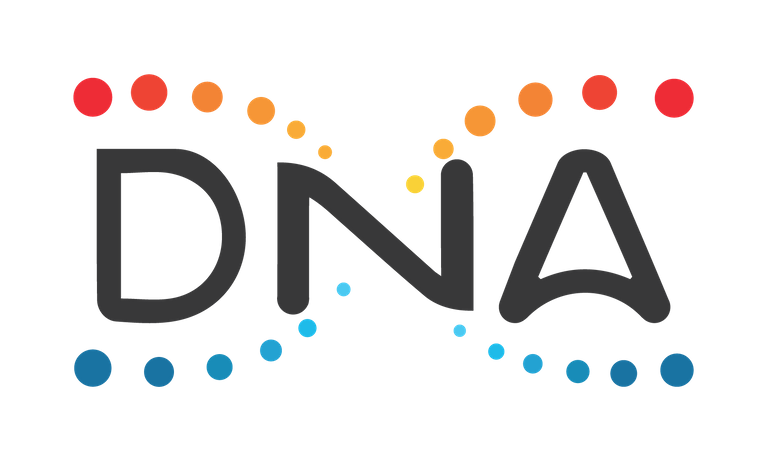Metaverse DNA DPoS Consensus Mechanism Tutorial

Metaverse DNA attempts to solve the scalability trilemma by pairing its blockchain with the dual-chain network architecture (DNA), which uses the Delegated Proof of Stake consensus mechanism instead of Proof of Work and Proof of Stake mechanism. This article could be regarded as a tutorial because by understanding how the DNA and the DPoS mechanism work, you can practically start to gain your rewards in the Metaverse DNA blockchain network.
What Is Special about Metaverse DNA?
The Dual-chain Network Architecture (DNA) runs in parallel to the Metaverse’s ETP chain, allowing the main chain to benefit from the DNA’s high-speed transaction capability. With this dual-chain infrastructure, Metaverse can maintain an excellent balance between the three superior features of a blockchain: scalability, security, and decentralization. Thanks to this dual-chain architecture, Metaverse’s transactions can be completed with block time that is less than a second (0.4 seconds on average). Compare this with Bitcoin’s 10 minutes and Ethereum’s 10 seconds.
Metaverse’s success in solving the scalability trilemma thus lies in its decision to use the dual-chain approach. Other blockchains have attempted the same solution, but most of them fail because they mostly focus only on a single protocol or one chain.
How can communication and interoperability between the two chains be established? Metaverse DNA uses KrawlCat Generalized Oracle, which ensures that cross-chain transactions can be performed efficiently without making any significant sacrifices.

Metaverse DNA’s DPoS Consensus Mechanism
Another thing that makes Metaverse DNA special is the use of the Delegated Proof of Stake consensus mechanism, which is considered more powerful and fairer than Proof of Work and Proof of Stake mechanisms. By understanding how the DPoS mechanism works and how it compares with the PoW and PoS mechanisms, you will know how to take your first step in Metaverse DNA blockchain without worrying about the superiority of richer and more seasoned players.

The simplest explanation for the PoW and PoS mechanisms goes as follows. In the PoW mechanism, you will be rewarded based on your proof of works. The better you solve the mathematical problems, the bigger your reward. In other words, the more powerful your ASIC or coin mining machine, the bigger your rewards. In the PoS mechanism, you don’t do mining using a powerful computer. Instead, you lock up your coins as a stake or deposit. The more coins you lock up, the bigger your chance to gain rewards. Basically, PoS is very much similar to a lottery game.
Both PoW and PoS share at least a similar weakness: only the riches dominate the blockchain. If you can afford an expensive and powerful mining machine, you will more likely be rewarded in a PoW mechanism. If you can buy more coins to lock up as stake, you will more likely be rewarded in a PoS mechanism. As a result, blockchains that use the traditional PoW and PoS mechanisms are quite prone to 50% attack (an entity/entities own 50% or more of the total token and effectively dominate the network) and double-spend attack.
Metaverse DNA offers a fairer approach by using the Delegated PoS mechanism, which is similar to PoS but also uses a reputation system, which takes into account not only the stake that you lock up but also how well you behave when doing transactions. Even if you lock up a high amount of stake, your malicious transactions will dramatically lower your chance of reward. Therefore, if you want to start in the Metaverse DNA network, the most important thing to mind is that you need to keep your reputation good all the time.

Stay Connected:
Website
Whitepaper
Telegram
Twitter
Medium
My Profile
Bitcointalk : Chatedha
Telegram : Mercule
